Repurposed Furniture Materials: Character, Craft, and Circular Design
Sourcing Salvaged Wood Ethically
Explore architectural salvage yards, deconstruction crews, and farm auctions where joists and beams are rescued, not discarded. Ask about provenance, nails removed, and moisture levels. If possible, look for FSC Recycled or documented chain-of-custody to ensure your material story stands up to curiosity and care.
Check for checking, rot, and insect damage, then map old mortises or bolt holes into your design. A former bowling lane’s hard maple, for instance, tells a lifetime of strikes in its tight grain and oil-darkened edges. Preserve those marks safely and celebrate their authenticity.
Tell us where you uncover worthy boards—church renovations, industrial clear-outs, or neighbor tear-downs. Post a tip, drop a photo, and help others find trustworthy sources. Your comment might guide a maker to their signature material and inspire a thoughtful, waste-cutting build.

Designing with Reclaimed Metal
Keep the honest look of aged steel while sealing it from fingerprints and moisture. Try waxes, clear coats, or conversion coatings that respect texture. Stabilize rust, leave tool marks, and let previous lives whisper through. A subtle sheen can guard longevity without flattening character.
Designing with Reclaimed Metal
Reclaimed metal can be heavy, so design for stability and silence. Add felt feet, cork gaskets, and soft connections to prevent rattling. Pair metal frames with reclaimed wood tops to balance mass and warmth, giving pieces a grounded presence that sits comfortably in lived-in spaces.

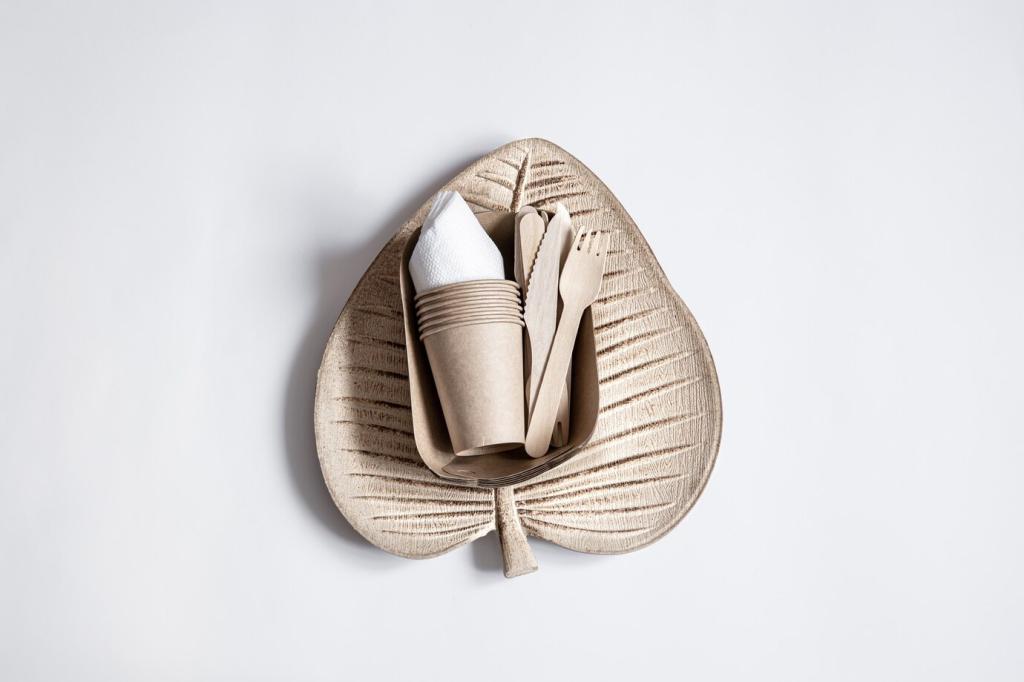

Textiles with a Past: Vintage Fabrics and Deadstock
Look for tight weaves, abrasion resistance, and colorfastness. Vintage sailcloth, army duck, and railway blankets bring grit and charm. Pair tough fabrics with reinforced seams and hidden zippers for serviceability, ensuring your upholstery works as hard as the stories stitched into every thread.

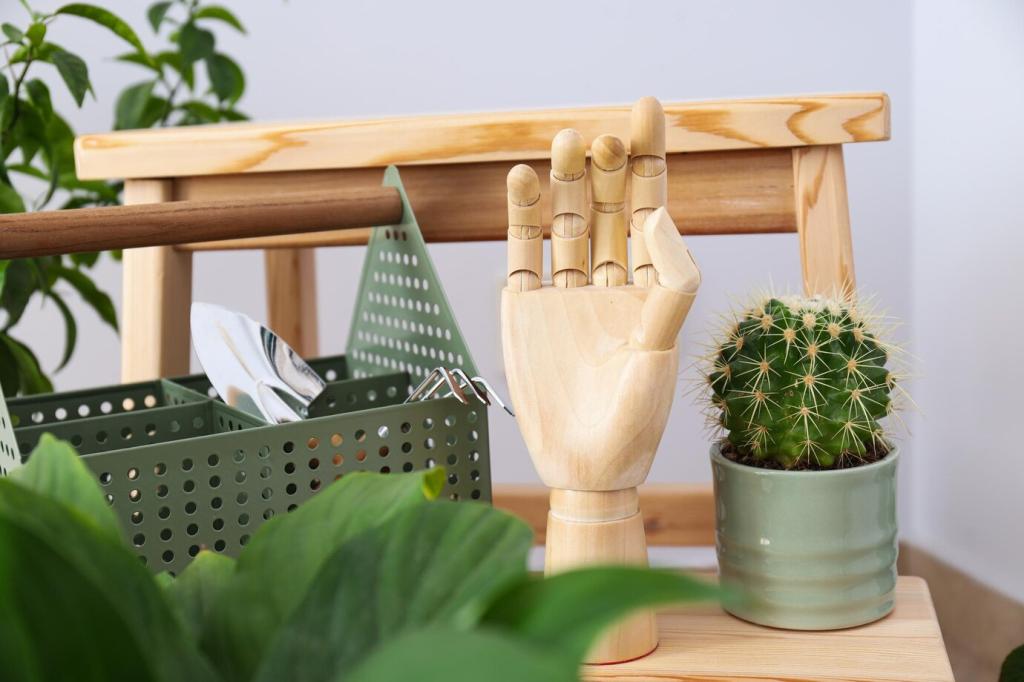
Finishes and Safety for Repurposed Materials
Use EPA-recognized lead test kits on painted or varnished pieces. If hazards appear, follow certified removal practices or encapsulate safely. HEPA sanding, proper containment, and protective gear guard your shop and family. When in doubt, consult professionals to keep your project responsibly on course.
Finishes and Safety for Repurposed Materials
Penetrating oils, hardwax oils, waterborne polys, and shellac each offer distinct looks. Compare cure times, maintenance needs, and food safety for kitchen pieces. Sample on offcuts from the same salvage lot—the color and absorption can vary wildly, and tests prevent finishing surprises.
Use magnet sweeps and metal detectors to find hidden fasteners before planing. Try card scrapers instead of aggressive sanding to preserve texture. Heat can loosen stubborn paint, while prybars with soft pads prevent scars. The goal is to reveal, not erase, a material’s earned patina.
Tools and Techniques that Honor the Material
Biscuit, domino, and pegged mortise-and-tenon joints add strength without overpowering character. Align old nail holes as decorative rhythms. When boards are short, embrace panel glue-ups with intentional grain contrast. It’s okay to show the seams—authenticity reads as deliberate, not compromised.
Tools and Techniques that Honor the Material
Documenting Provenance with Care
Photograph the salvage site, note dates, and record interviews with donors or deconstruction crews. Consider QR tags under tabletops linking to a short origin story. A maker’s mark can reference the previous life, ensuring the story travels with the piece, not just the builder.
Designing to Showcase Imperfections
Frame bolt holes, align saw kerfs, and highlight sun-faded lines as intentional features. A bench made from school bleachers might preserve seat numbers, keeping the echo of pep rallies alive. Imperfections become anchors for memory, not flaws to be camouflaged or polished away.
Invite Readers to Share Their Heirloom Transformations
What family object did you turn into a daily companion—a door into a desk, a ladder into a shelf? Share your before-and-after story, tag us on social, and subscribe to see your transformation featured in a future roundup celebrating Repurposed Furniture Materials.
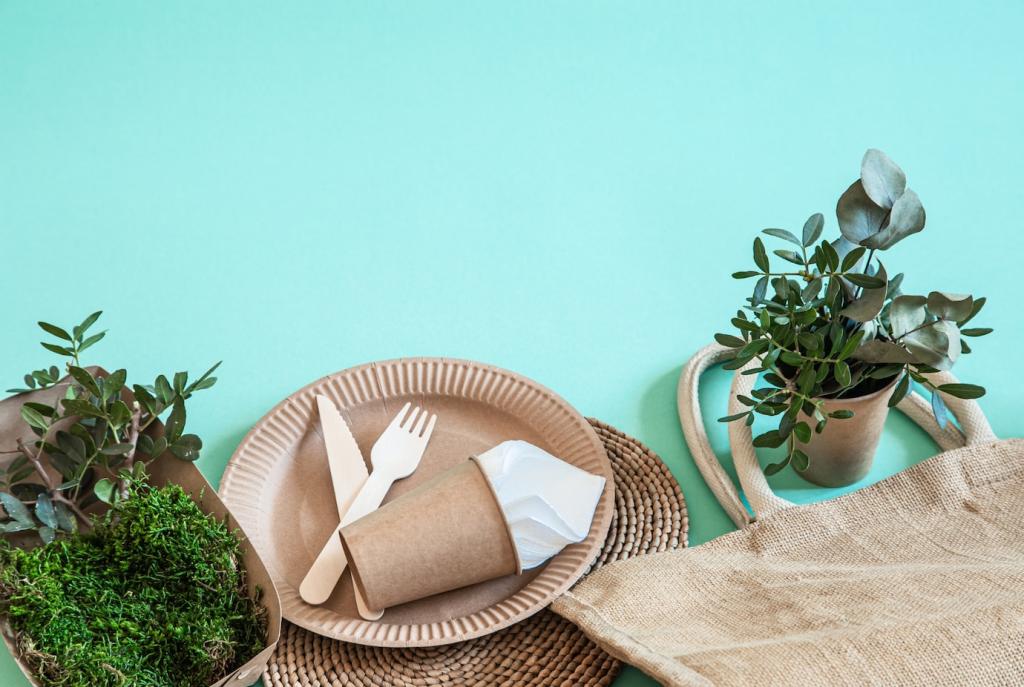
Finding Ethical Sources and Avoiding Greenwashing
Look for transparent documentation, fair labor practices, and clear reclaim processes, not vague sustainability claims. Ask tough questions and celebrate suppliers who provide specifics. Share your go-to sources so others can build responsibly, too, without compromising the spirit of reuse and respect.
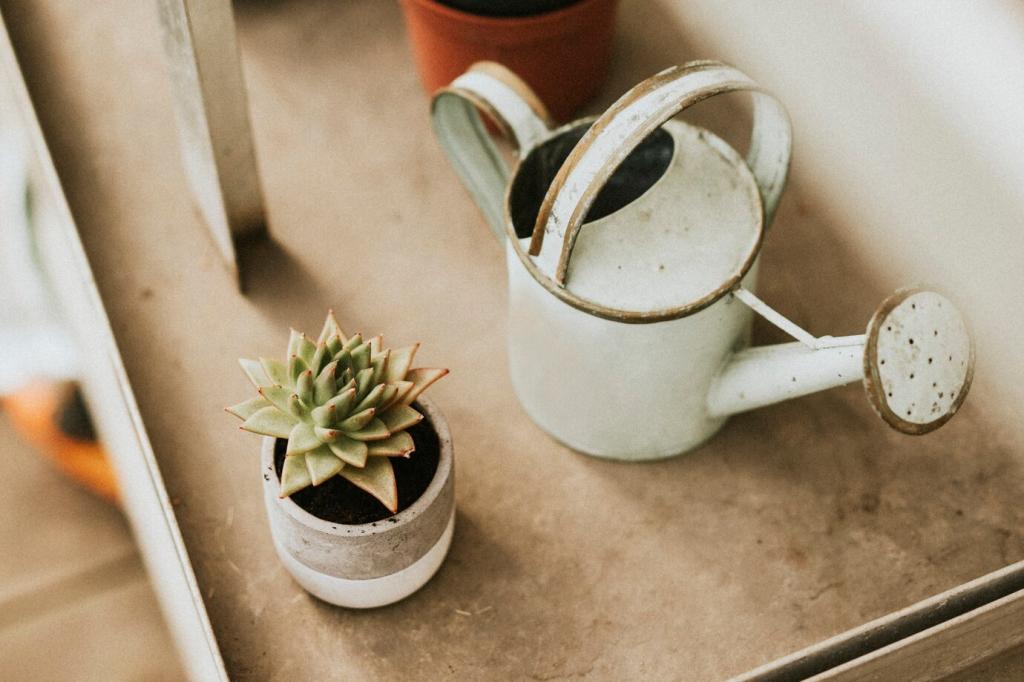
Deconstruction Partnerships that Feed Your Pipeline
Reach out to contractors who deconstruct rather than demolish. Offer to purchase odd lots, short runs, and offcuts. In return, provide visibility, references, and predictable pickup. These partnerships keep materials circulating and give you first look at unique inventory before it disappears.
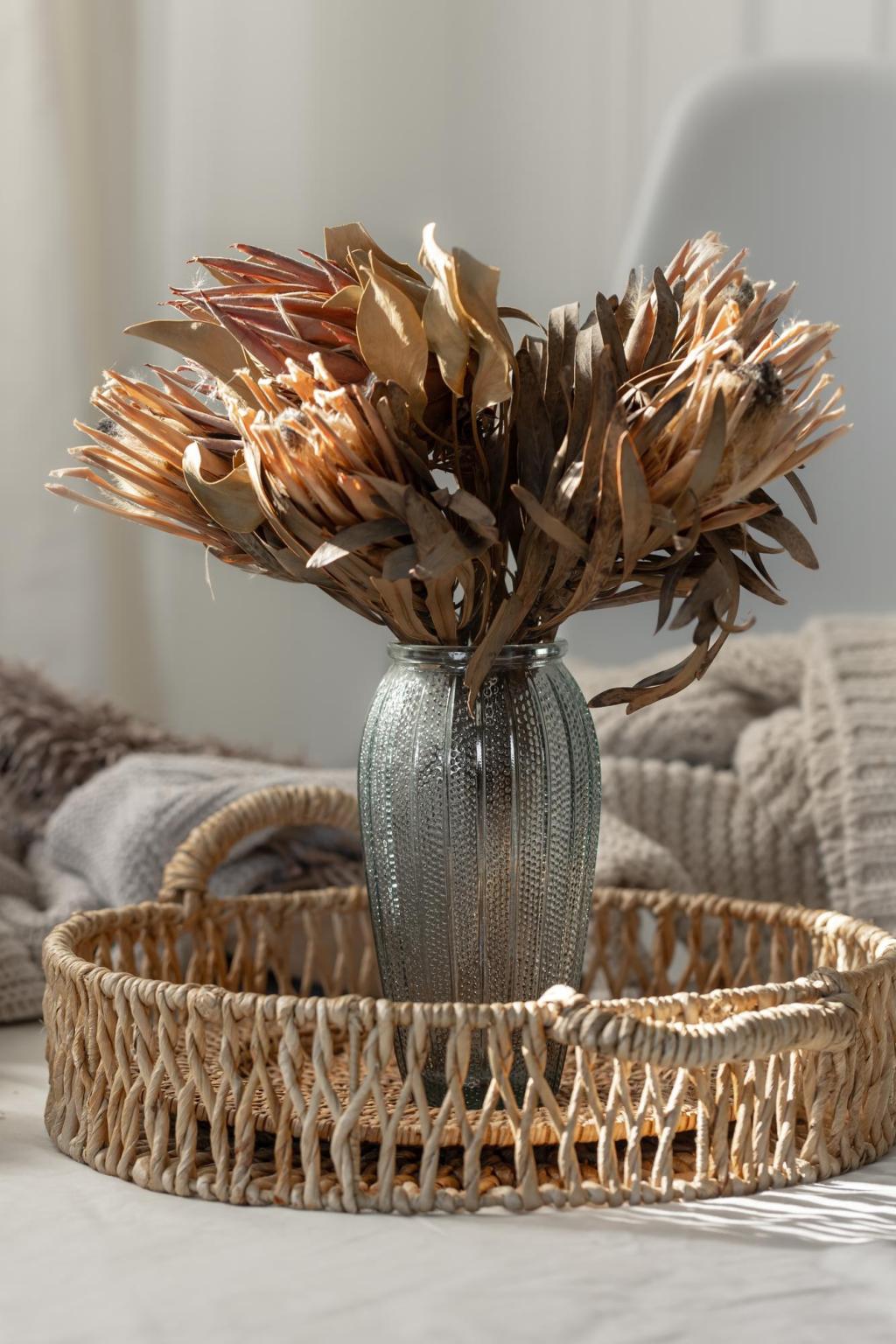
Subscribe for Fresh Leads and Monthly Material Maps
Join our mailing list for regional salvage alerts, upcoming decon projects, and featured supplier profiles. Comment with your city, and we’ll prioritize local leads where possible. Together we strengthen a community dedicated to Repurposed Furniture Materials and the stories they carry forward.
